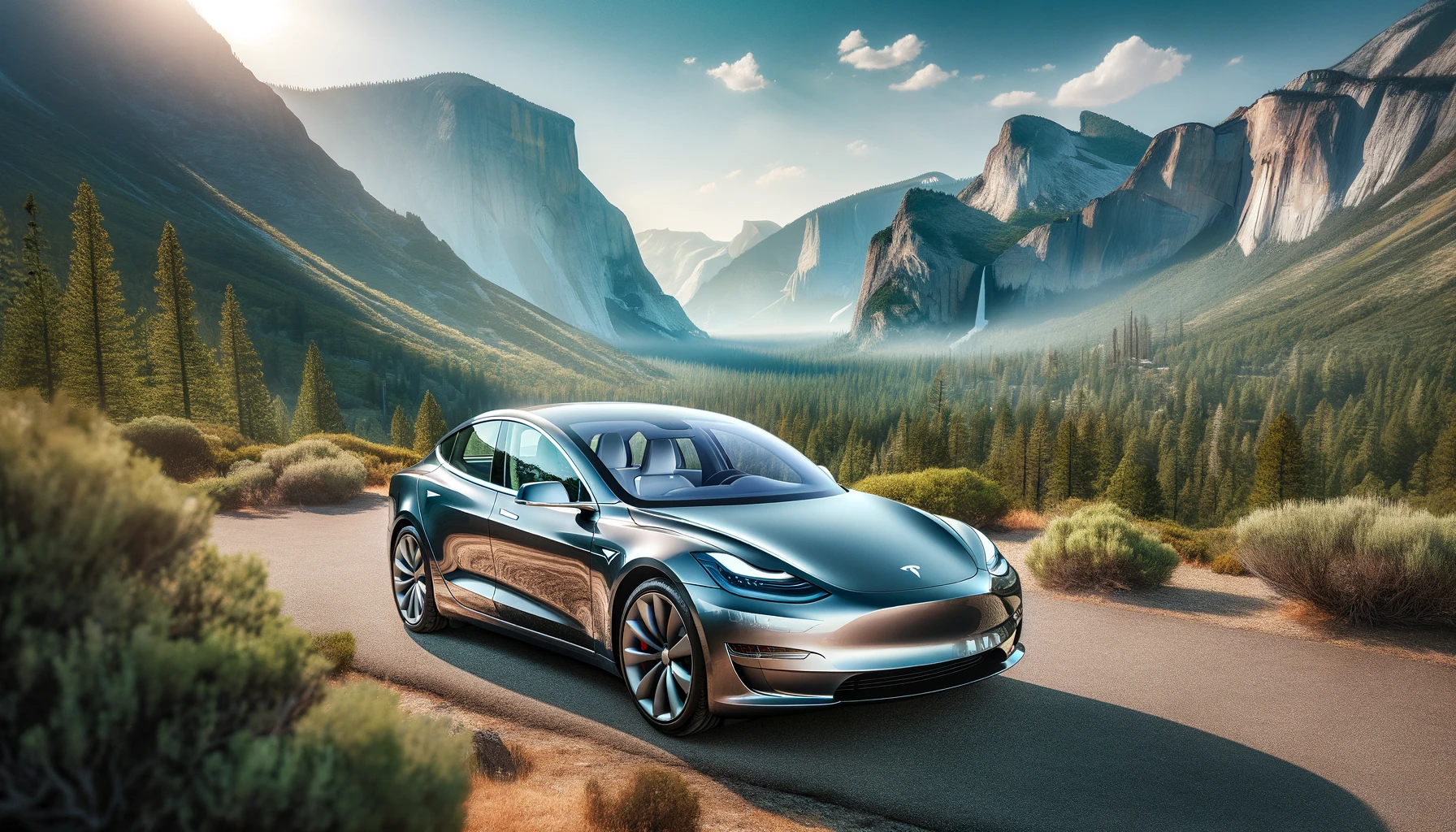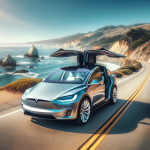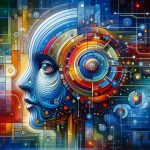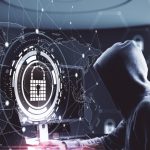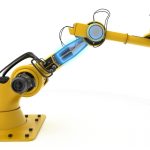Tesla‘s automotive advancements continue to draw attention as the company enhances its Autopark feature. The technology, which allows vehicles to park autonomously, is set for imminent updates that promise to increase its speed and efficiency. Tesla’s Autopilot Director Ashok Elluswamy recently indicated users can expect the system to become faster in upcoming releases, a development in line with Tesla’s ongoing efforts to refine their self-driving capabilities.
Autopark Progress and Vision-Only Technology
As Tesla continues to propel the automotive industry forward, the evolution of its Autopark functionality showcases the company’s commitment to innovation. Starting with the 2024.2.11 software update, Tesla introduced a vision-only parking system, which leverages cameras instead of traditional sensors. Although the feature currently operates conservatively, Elluswamy’s statements suggest that subsequent updates will allow vehicles to park more quickly, with the technology being fine-tuned for optimal performance. This development aligns with concurrent enhancements to the Summon feature, which enables a car to navigate parking lots to reach its owner.
Transition to FSD (Supervised) and Expanding User Trials
In the realm of autonomous driving, Tesla’s shift from the “beta” designation of its Full Self-Driving system to a new “FSD (Supervised)” label marks a significant milestone. This rebranding reflects the company’s goal to emphasize the importance of active supervision while using the system. Alongside this change, Tesla has been offering one-month FSD trials and insisting on FSD test rides during vehicle deliveries. These strategies support the larger vision of advancing vehicle autonomy, potentially unlocking higher levels of independent driving capability in the future.
Anticipation of Enhanced Autonomy
The anticipation of augmented driving autonomy is palpable within Tesla’s community. Elluswamy’s recent cryptic message hinted at a groundbreaking shift in the landscape of automated driving. With this foresight, Tesla enthusiasts and the automotive industry await further revelations that could redefine the standards of vehicle independence. These advancements are not just about convenience; they are about charting a new trajectory for how individuals interact with their vehicles.
Tesla’s trajectory in enhancing its self-driving technology has been documented by various publications. For instance, The Verge reported on Tesla’s efforts to improve its Autopilot system with a focus on safety, following scrutiny over the technology’s reliability. Additionally, Engadget discussed the company’s decision to remove the “beta” label from its Full Self-Driving software, signaling a newfound confidence in the system’s capabilities. These pieces underscore the gradual but steady progress Tesla is making towards fully autonomous vehicles.
Useful Information
- Upcoming software updates will make Tesla’s Autopark feature faster.
- Elluswamy’s statements suggest progressive enhancements to vehicle autonomy.
- Transitioning FSD from “beta” to a supervised mode signals Tesla’s commitment to safety.
- Free trials for FSD indicate broader user engagement and feedback collection.
The development in Tesla’s Autopark feature illustrates a broader trend of technological refinement in the automotive industry. With the anticipated updates, users can look forward to a more seamless and efficient parking experience. The rebranding of Tesla’s Full Self-Driving system to “FSD (Supervised)” coupled with strategic user trials reflects a thoughtful approach to the rollout of advanced autonomous features. Tesla’s actions reveal an intent to foster trust and reliability in self-driving technology, a critical factor as society edges closer to a future where cars navigate the roads with minimal human intervention.

